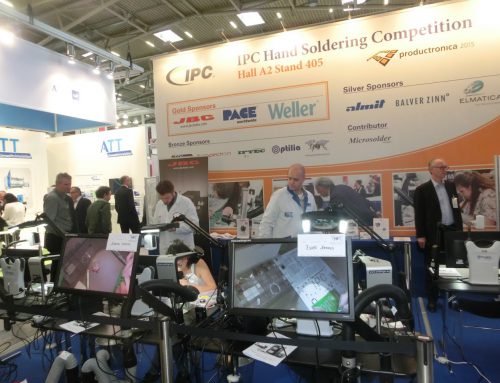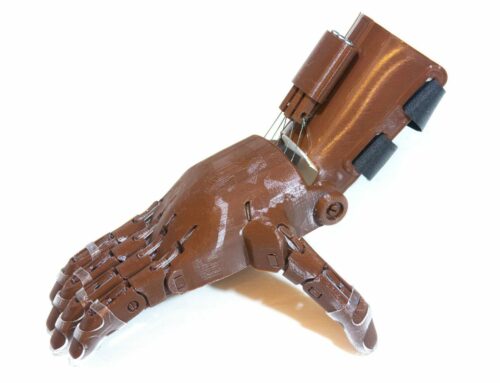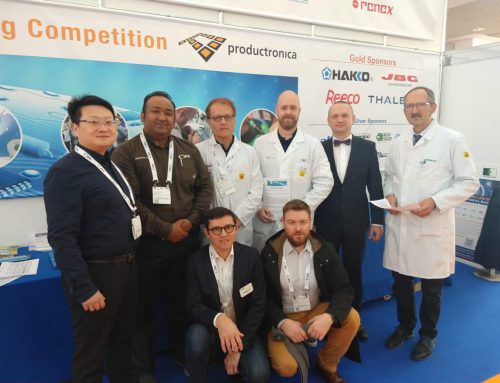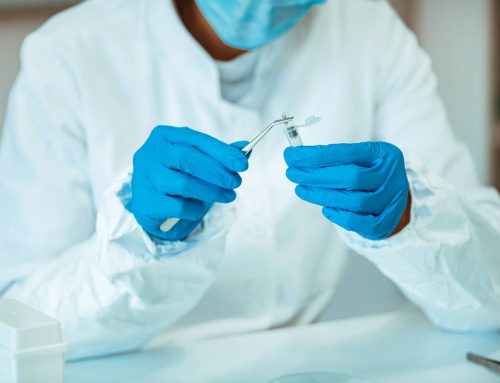The Restriction of Hazardous Substances Directive 2002/95/EC, known as the RoHS 1 directive, restricts the use of specific hazardous materials in the manufacture of electrical and electronic equipment. The legislation was implemented in 2006, mainly to help reduce the volume of toxic electronic waste.
Although RoHS is commonly known as the “lead-free directive”, it actually restricts the use of six substances, including Lead (Pb), Cadmium (Cd) and Mercury (Hg). An additional four substances were added to the list in 2015. The substances were used in numerous products including solders, integrated circuits, cables and printed circuit boards.
The European Parliament has recently approved the review of the scope of the RoHS directive to facilitate secondary market operations.
Currently, the directive prohibits the resale of electronic spare parts and equipment containing banned substances after 2019. These spare parts and equipment were introduced to the market prior to the 2006 directive being implemented. The amendments approved extend beyond the current 2019 deadline.
IPC welcomes the RoHS Directive review, and feels that it will enable reuse and refurbishment of electronic and electrical equipment, replacement of spare parts, and repairs, including for example refurbished medical equipment. Superfluous barriers to market operations will therefore be removed and the move towards a circular economy encouraged.
IPC members will have the opportunity to discuss this and other issues with EU policymakers during the annual IMPACT Europe event on 9-10 October in Brussels. For more information on this event, contact John Hasselmann, vice president of government relations at JohnHasselmann@ipc.org.










